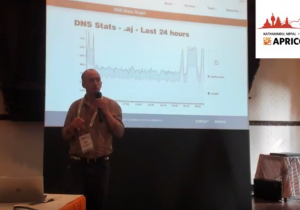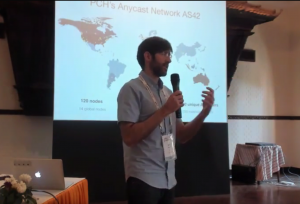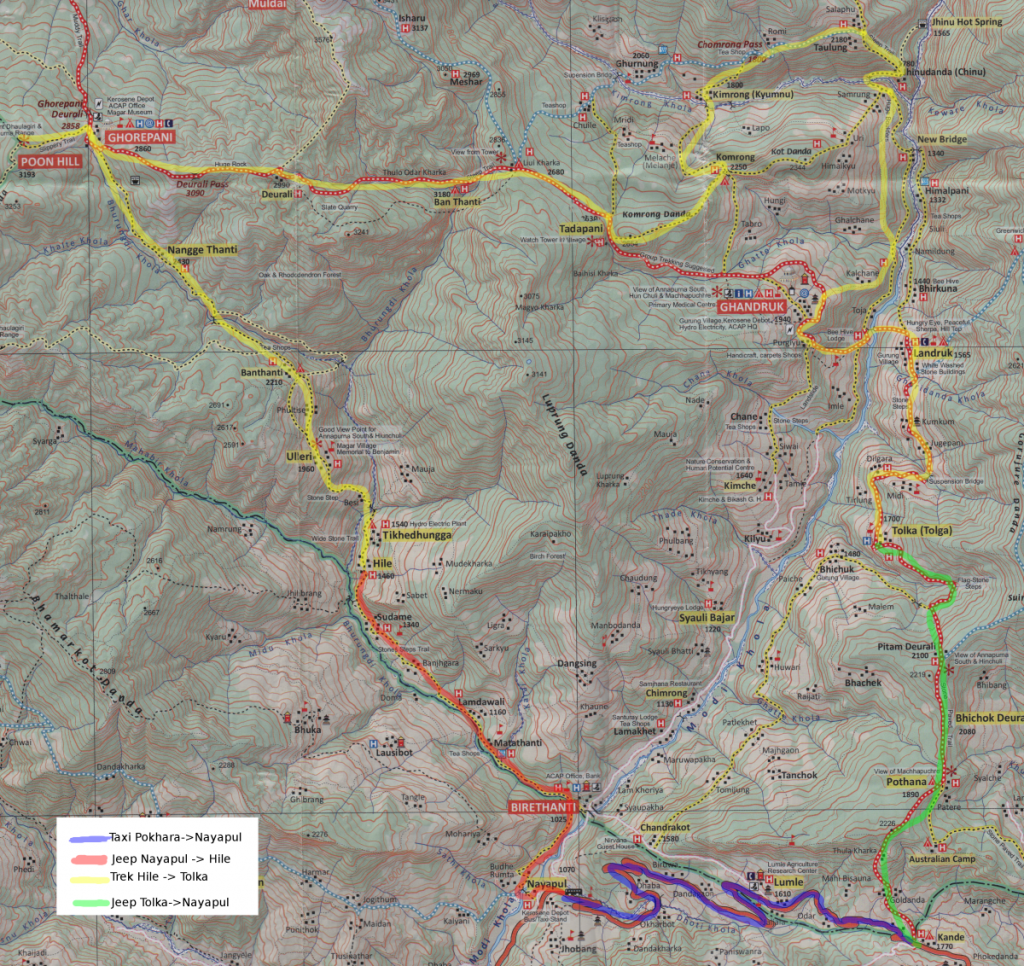2 minutes, 41 seconds
Be sure to read my follow up post about trekking in Nepal after the conference!
Intro
This is post closely mirrors my trip 2 years ago to attend SANOG 27: a conference followed by some awesome tourism.  Like before I was luck to have my work send me to APRICOT 2018 and was again humbled to have my talk selected for presenting.
Like before I was luck to have my work send me to APRICOT 2018 and was again humbled to have my talk selected for presenting.
APRICOT is the “Asia Pacific Regional Internet Conference on Operational Technologies”. It’s more or less a larger SANOG meeting encompassing a greater regional area so more folks come. However, a lot of the usual suspects were in attendance (if I can get away saying that having only been to two conferences in Kathmandu ;).
Talks and Workshops
Note: All links below have full YouTube streams to watch and decks to download. Be sure to click through if you’re interested in knowing more about any of them!
I attended a slew of talks, but some of highlights for me were:
- Daniel Griggs of NZRS gave a fun talk, “Accidental Data Analytics” that was eerily similar to mine and presented immediately before me.
- Yasunari Momoi and Kota Kanbe’s talk “Vuls & VulsRepo” was…just pure awesome. Especially Kota’s half of the talk. He’s inspired me to do a pull request for how to deploy Vuls on Ubuntu server.
- I missed the first half, but I very much enjoyed Dima Bekerman’s workshop “Brace Yourselves: DDoS is Coming“.
 My own co-worker Gaël Hernandez’s talk was of course great to see, “Building and operating a global DNS content delivery anycast network“. It’s always a fun twist to see a presentation intended for outsiders on something that you’re so deeply inside of.
My own co-worker Gaël Hernandez’s talk was of course great to see, “Building and operating a global DNS content delivery anycast network“. It’s always a fun twist to see a presentation intended for outsiders on something that you’re so deeply inside of.- While it was plagued with some unfortunate overwhelming of the Hypervisor used for the workshop, Nick Hilliard’s, “IXP Manager Tutorial – Part 2” was a good introduction to introduction to IXP Manager, which I only knew about in concept, not practice.
- Artyom Gavrichenkov’s talk, “DNS Survival Guide” was a fun history of DNS including up to date comparison of which resolvers are fastest (BIND isn’t even on the list ;). As well, his lightening talk on Feb 28th titled “Memcached amplification DDoS: a 2018 threat” was ridiculously prescient: literally the very next day the largest recorded DDoS hit the ‘net. This was a 1.1Tbps (yes, capital “T” for “Terabit”) attack hit GitHub on March 1st using the Mecached amplification.
Presentation
As I mentioned earlier, I was lucky enough to be selected to speak at APRICOT this year. Unlike my security based talk last trip, I was speaking about DNS and Stats this time. Specifically, my talk was title, “Visualizing a global DNS network with open source tools“.  While the final, customer facing product I’m talking about (ccTLD DNS Stats) isn’t live yet (it’s in internal Beta), all the software I talk about is ready for prime time. Well…DNSAuth could use some love, but the other three are prime time ready, for sure ;) Those are:
While the final, customer facing product I’m talking about (ccTLD DNS Stats) isn’t live yet (it’s in internal Beta), all the software I talk about is ready for prime time. Well…DNSAuth could use some love, but the other three are prime time ready, for sure ;) Those are:
- DNSAuth – PCH Go App for cooking pcaps to TSDB faster
- MapTable – PCH JS app for rendering SVG maps and tables
- C3.js – Client side, real time charts
- InfluxDB – TSDB to archive data
Networking and co-workers
It was a real treat to go to Nepal to attend APRICOT. Like all good conferences, you meet a lot of people that you can network with. I had a lot of fun conversations! Best thing of all about going to APRICOT was that I got to chat with all my co-workers, including two I’d never met before who came all the way from Dublin and Johannesburg. Awesome!










